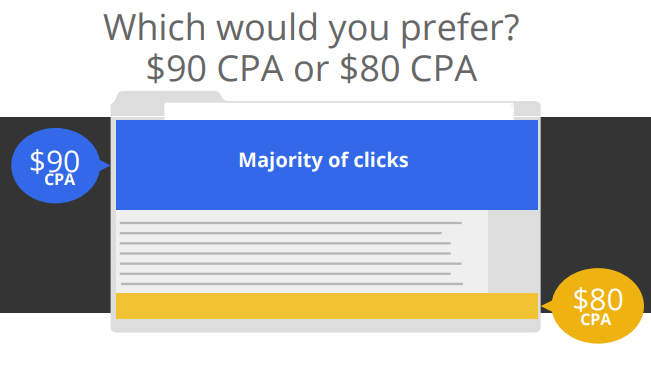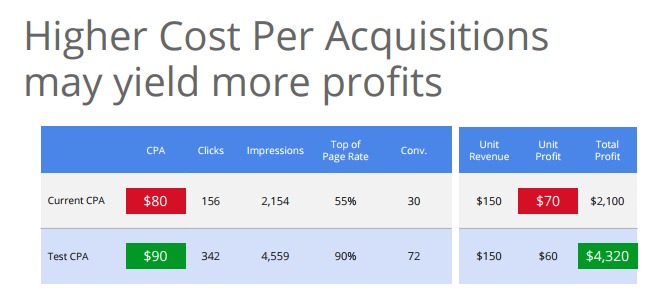Using Profits to Drive Your Search Marketing Strategy
A Guide to Evolving with Google’s Search Marketing Updates: Part 1
Speaker: Amy Swartz – Partner Enablement Manager at Google
In the past, advertising was very static by nature, with most ads being placed on radio, television, billboards or newspapers – making interactions with customers minimal. This led brand managers to focus on winning the hearts of their customers by pushing advertising without fully understanding what consumers wanted, due to the limitations of technology. Thanks to search marketing, advertisers can now be in front of prospective customers at the exact moment they are looking for your product or service, meaning using traditional marketing goals in some situations could end up hurting more than helping. Being in front of prospective customers is the premise behind profit driven marketing, making it extremely important to understand what happens when you are not using profits to drive your strategy.
Using the “Always-There” Model
As you can see from the image below, this business missed out on 40% of its customers in June – simply because they were not mapping their strategy to consumer demand. After shifting to flexible budgets, and focusing on when consumers were searching for their products, they were in front of their audience at the right.
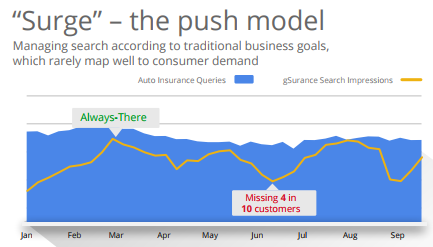
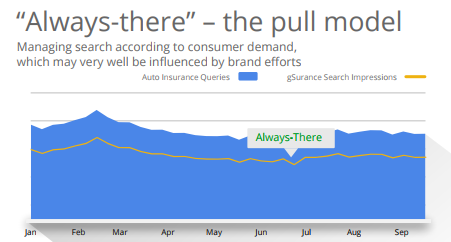
Give a Little to Get a Lot
One of the best ways to always be in front of your audience is to take advantage of top shelf space by testing higher positions. Unless there is zero competition in an industry, this means increasing budgets and bids in most cases. Risking increases in your Cost Per Acquisition (CPA) if conversions don’t increase with bid increases can be nerve racking, but when you move from focusing on CPA to making profit your main metric it can be a game changer. With that said, you may be surprised to see this concept play out in the images below, showing a higher CPA of $90 yielded $4,320 in profit but the lower CPA of $80 only generated $2,100.
That’s a 106% increase in profit for a 13% increase in CPA, crazy right?! It makes complete sense though if you think about the “always-there model”, which emphasizes that paying a higher CPA for a higher position gets you in front of your customers “all the time”- leading to more clicks than being at bottom-of-page with a lower CPA. With that said, increasing budgets or bids to be in a top position will only work if you invest in good copy, relevant landing pages and creating an great user experience. Getting this perfect immediately is difficult. This is why measuring the correct KPIs to see the full picture of the customer journey, then adjusting to those results is paramount to executing a profit driven strategy correctly.
Why is Customer Lifetime Value so Important in Profit Driven Search Marketing?
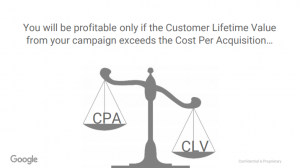
Although profits should be the main metric that drive your marketing efforts, paying attention to the Customer Lifetime Value (CLV) and CPAs is what will determine how profitable you will be. To be profitable, the average CLV of your customers needs to be greater than your average CPA, and to determine the profitability for each new customer follow the formula below.
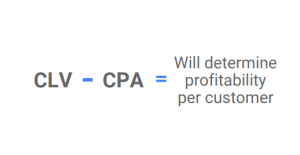
To give you a more in-depth explanation, if Business X’s CLV is $2,000 and their CPA is $20, then Business X can spend up to $1,800 to get one new customer until they start losing money. Alternatively, if their CPA remains at $20 and their CLV is $2,000 then they will make $1,800 in profit with every new customer they acquire. As you can see, it’s extremely important to get a bird’s eye view of your online marketing efforts and consider the impact of your advertising spend in the long term.

